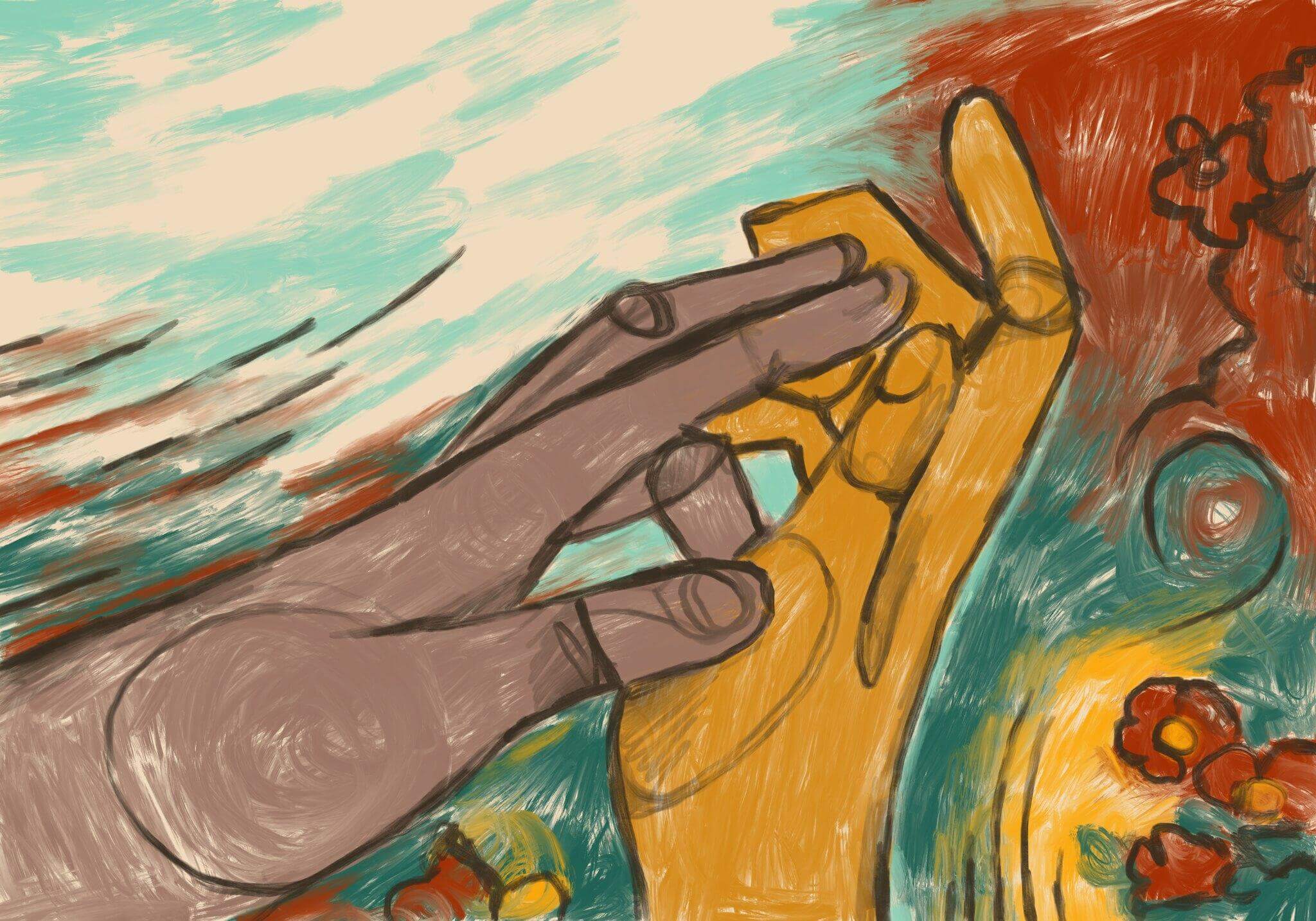The body has many, many capacities. For each capacity, there is a spectrum of mastery. Consider the simple example of music. The beauty of an instrument depends on the skill of the instrumentalist. The same piano sounds completely different depending on who plays it, and their skill.There are many levels of skill, from a toddler’s clumsy (but gleeful) plonking to the expert recital of a famous maestro. That skill—or lack of it—is a function of practice: practice in the body. Hand-eye coordination, a sense of rhythm, a feel for music: all of these necessary components of musical skill are born in the body. We cannot master every bodily skill, but we can become more familiar with a breadth of skills, and more acquainted with the depth of skills we deem relevant to our goals and aspirations.

Blind people can learn to echolocate by making sounds like clicking, using regions of the brain associated with vision.
Dame Evelyn Glennie—drummer and percussionist in the track “And I Will Kiss” which was performed in the Opening Ceremony at the 2012 Summer Olympics in London—who is “profoundly deaf” (not totally deaf), is capable of performing as a first-rate percussionist through feeling sound with her body.
In an essay describing her abilities, she says that “hearing is basically a specialized form of touch,” and that she learned to “distinguish the rough pitch of notes by associating where on my body I felt the sound with the sense of perfect pitch I had before losing my hearing.”
The same emotions tend to be located in the same regions of the body across people, which has been mapped.
The heart can be located on the right side of the body instead of the usual left (a condition called dextrocardia).
Humans can self-regulate body temperature with training. Tibetan monks do this with a technique called tummo. In recent years, the general public has increased contact with these skills through the Wim Hof method.
Peace Pilgrim, who walked every day on her pilgrimage for the last thirty years of her life, reported averaging twenty-five miles a day.
Further Resources
- what are some amazing, fascinating, inspiring facts about the human body? (tweet)
- Visa’s Notes on the Body
- The Interstitium, the Largest Organ We Never Knew We Had
The art in this post was created by Sílvia Bastos, and is licensed under a CC BY 2.0 license. You can support her work on Patreon.
